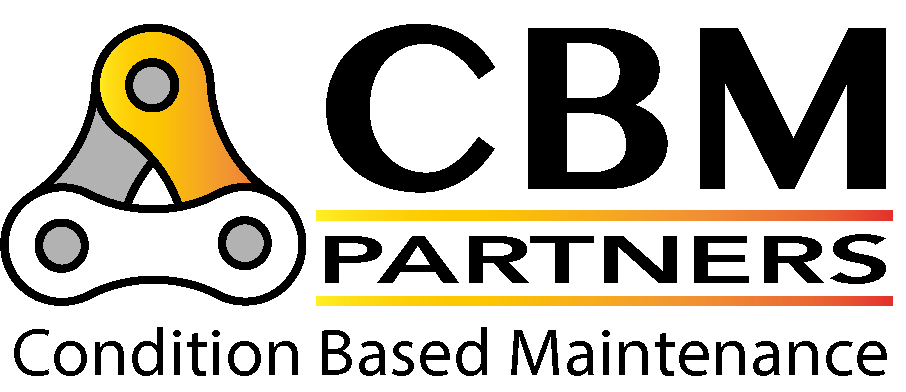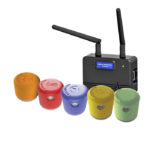Effective lubrication is critical to a long machine life and must be one of the first things to get right after precision installation.
Lubrication 5-rights
- Right PRODUCT/QUALITY
- Right PLACE
- Right AMOUNT
- Right QUALITY
- Right TIME
When addressing the Product/Quality aspects of an existing lubricant program we often come across challenges associated with miscibility.

“Miscibility is the property of two substances to mix in all proportions, forming a homogeneous mixture.”
Maintenance teams are rightly nervous about switching oils and greases in case of incompatibility that could lead to machine failure.

Factors Affecting Miscibility
- Chemical Composition
The molecular makeup of lubricants needs to be considered to ensure that the ones selected share common characteristics to promote, not hinder miscibility. - The Base Oils
This is the primary component of the lubricant formula and determines its overall properties. Base oils such as synthetic, vegetable based and mineral oils have varying molecular structures and therefore interactions. - Additives
Lubricant formulae often include additives that enhance specific properties including oxidation resistance and viscosity. However, they may not always combine well with other additives.
So, when considering changing the oil/grease brand then miscibility must be a key factor of consideration….but it should not put you off!
Key considerations for new lubricants;
- Understand your Machinery
Understanding the specific requirements for each machine forms the basis for effective lubrication management.
It is tempting to just ask a potential new lubricant supplier for their ‘equivalent of what is being used now’. But doing that every few years could lead to a mismatch…include current lubricant information and known performance but start with OEM recommendations.
- Use Manufacturer Technical Help
Most lubricant manufacturers provide easy access to technical data sheets and will provide support including checking miscibility of existing products used on site. Get it in writing that there won’t be incompatibility! - Check Operational Environment
Include operational experience and check factors including humidity, temperature and exposure to elements including other chemicals. - Check Viscosity Requirements
Select lubricants with the appropriate viscosity levels for optimal lubrication under the operating conditions apparent. The OEM manual is a good place to start.

5. Check Additives
The lubricant supplier will help here but make sure they take into detail such things as additives that conflict with each other. Ensure the additives are correct for your machinery needs too.
6. Make Identification of Lubricants Foolproof
Clearly label and differentiate lubricants to prevent accidental mixing of immiscible lubricants. Colour code lubricant containers with a clear identification system.
7. Carry Out Small Scale Testing
If in any doubt, conduct small scale tests before introducing the lubricant to an entire system.
8. Check & Monitor Performance
Check performance for any signs of unusual readings which may indicate an issue. Make sure grease is flowing, check for signs of separation in oils etc.
9. Keep Good Records
Data tracking and analysis of a good lubrication management programme will aid in improving and monitoring performance and scheduling proactive maintenance.




